Retro Replay Review
Gameplay
The King of Fighters Collection: The Orochi Saga brings together five cornerstone titles—KOF ’94 through ’98—under one roof, each retaining its unique team-based fighting mechanics while feeding into the overarching Orochi storyline. As you progress from the original trilogy to the Dream Match of ’98, you’ll notice subtle yet significant refinements in combo timing, character balance, and special move execution. Whether you’re pairing the original Hero Team or exploring later fan-favorites like Iori Yagami and Kyo Kusanagi, the core 3-on-3 format remains tight and engaging.
(HEY YOU!! We hope you enjoy! We try not to run ads. So basically, this is a very expensive hobby running this site. Please consider joining us for updates, forums, and more. Network w/ us to make some cash or friends while retro gaming, and you can win some free retro games for posting. Okay, carry on 👍)
Emulation quality is generally excellent, preserving the arcade-perfect feel of each installment. Input lag is minimal, making intricate maneuvers—such as dial-a-combos in ’98—feel as responsive as they did on the Neo Geo boards. The collection also introduces a Challenge mode that tasks players with hundreds of missions, from landing specific super moves to winning matches under unique constraints. Completing these challenges unlocks artwork, music tracks, and hidden extras, adding a fresh layer of replayability beyond standard versus mode.
Newcomers to the series will appreciate the on-screen command list and adjustable difficulty settings, which make it easier to learn iconic special moves and troubleshoot execution issues. Veterans, meanwhile, can dive headfirst into arcade ladders or local versus matches, fine-tuning their strategies across different versions. The ability to switch between the original Japanese and international rule sets (where available) further broadens the competitive landscape.
Graphics
Graphically, The Orochi Saga is a testament to SNK’s polished pixel art from the mid-to-late ’90s. Each title looks crisp when displayed at native resolution, and the upscaling filter options let purists choose between sharp, individual pixels or a smoothed, scanline-style presentation. Background animations—from the flickering neon lights of South Town to the ritualistic Orochi shrine—carry the same moody charm they had in the arcades, and sprite details like character portraits and victory poses pop with nostalgic flair.
One highlight across the collection is the consistency of color palettes and animation frames, even as hardware limitations shifted slightly between releases. KOF ’94 and ’95 share a more limited palette, giving them a raw, arcade-burnt appearance, while ’97 and ’98 introduce richer shading and more elaborate win animations. All five games benefit from the same crisp scaling, ensuring that transitions between titles feel seamless rather than jarring.
The inclusion of full attract-mode videos (complete with original soundtrack audio) elevates the presentation, letting you revisit the pre-fight hype exactly as it was experienced by players over two decades ago. The interface itself is unobtrusive, offering quick save states and rewind functionality without covering too much screen real estate—ideal for correcting a mistimed super or analyzing an opponent’s strategy frame by frame.
Story
While KOF is often celebrated for its tight fighting mechanics, its narrative—centered on the ancient Orochi power—adds a compelling throughline across the first five entries. KOF ’94 introduces the concept of the Orochi lineage, pitting familiar faces like Kyo, Benimaru, and Goro Daimon against the enigmatic Iori Yagami. This first chapter sets the stage for escalating supernatural stakes, blending heroic resolve with the looming threat of an otherworldly resurgence.
As you progress, KOF ’95 and ’96 deepen the lore, revealing the Yamazaki clan’s ties to the Orochi bloodline and introducing more characters who either embrace or defy this cursed heritage. By the time you reach KOF ’97, the narrative peaks with a three-on-three superboss gauntlet featuring Orochi’s manifestations. Dialogue remains concise, often conveyed through battle intros and victory quotes, but the series of dramatic cutscenes and final boss encounters deliver a satisfying arc to long-time fans.
KOF ’98 serves as a celebratory “Dream Match,” stepping away from the direct storyline to honor fan-favorite rosters from prior games. Though it lacks a traditional narrative campaign, this title’s unmatched character variety provides its own meta-story—an exhibition of SNK’s most beloved fighters in every conceivable match-up. The Orochi Saga collection thus balances a progressing mythos with the free-form joy of unrestricted roster battles.
Overall Experience
The King of Fighters Collection: The Orochi Saga is more than a simple compilation—it’s a meticulously curated time capsule of SNK’s golden fighting era. The inclusion of five arcade-perfect emulations, bolstered by save states, rewind, filter options, and an arcade-style menu, ensures both purists and modern players feel right at home. Switching titles mid-session is intuitive, making it easy to compare mechanics or settle friendly debates about the best iteration of your main character.
Challenge mode stands out as a significant value-add, offering over two hundred objectives that reward players with gallery images, arranged BGM tracks, and even hidden character portraits. These unlockables not only celebrate the series’ history but also incentivize exploration of each game’s nuances—encouraging mastery of fan-favorite techniques like the “Orochi Iori” loop or anti-air DP whiff punishes.
Whether you’re seeking a nostalgia trip or looking to dive into one of the fighting game genre’s foundational sagas for the first time, The Orochi Saga collection delivers a robust, content-rich package. The tight netcode for online play, paired with local versus options, cements this release as a definitive way to experience—or re-experience—the five games that forged The King of Fighters legend.
 Retro Replay Retro Replay gaming reviews, news, emulation, geek stuff and more!
Retro Replay Retro Replay gaming reviews, news, emulation, geek stuff and more!

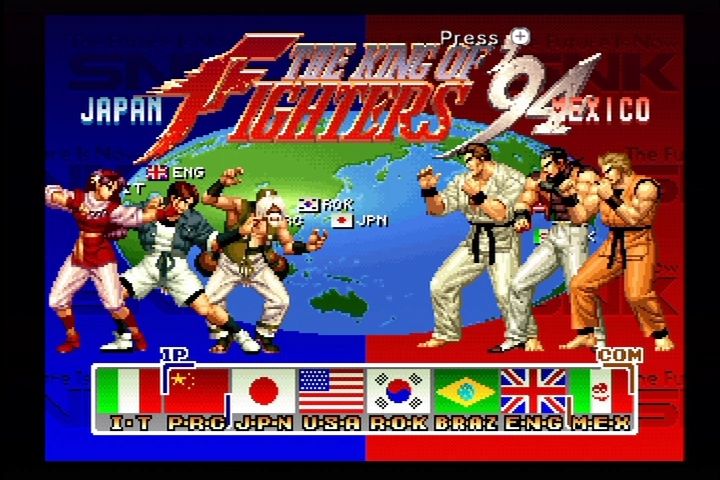
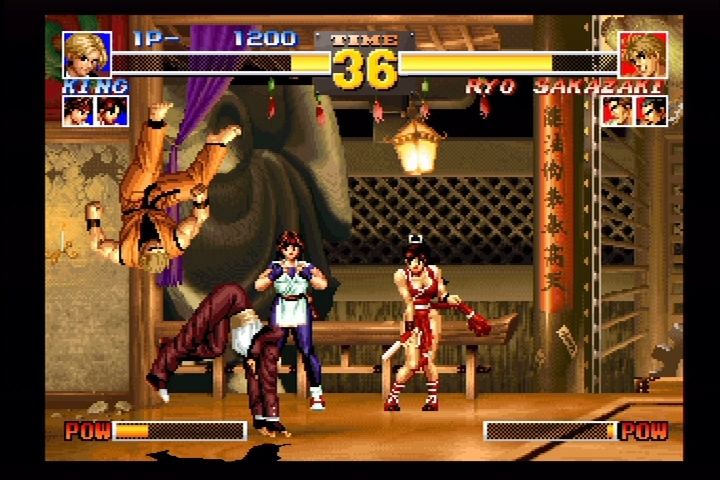
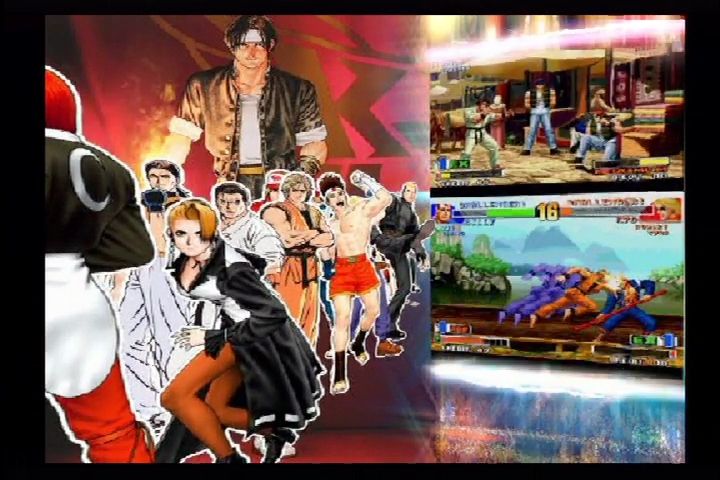
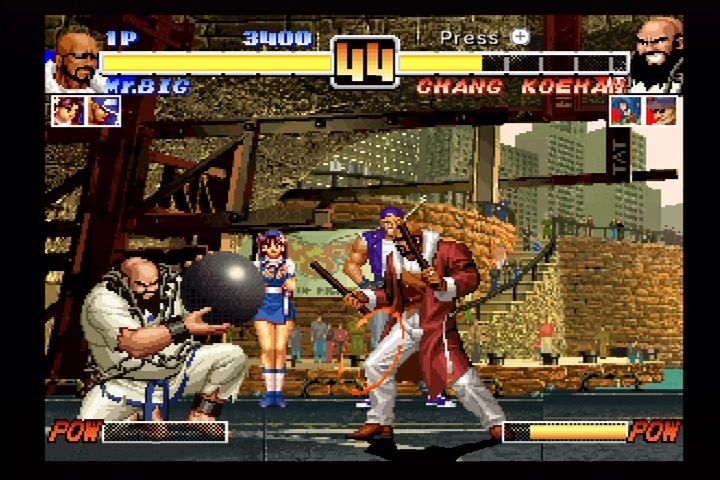
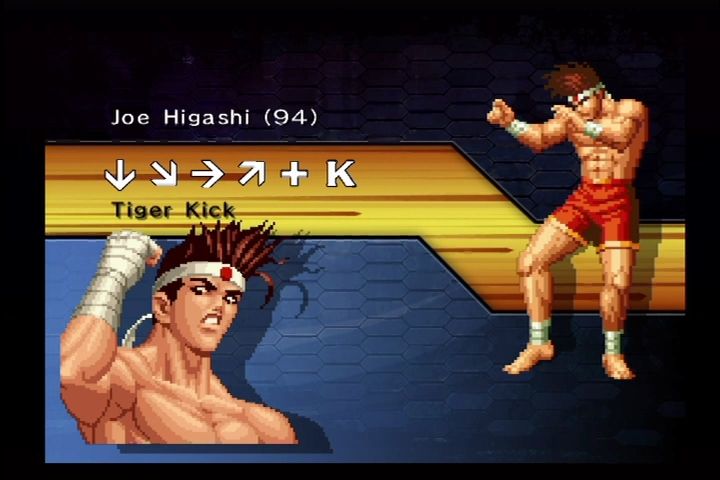


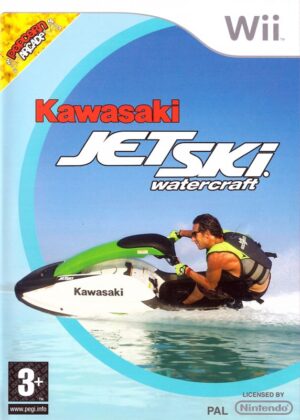
Reviews
There are no reviews yet.